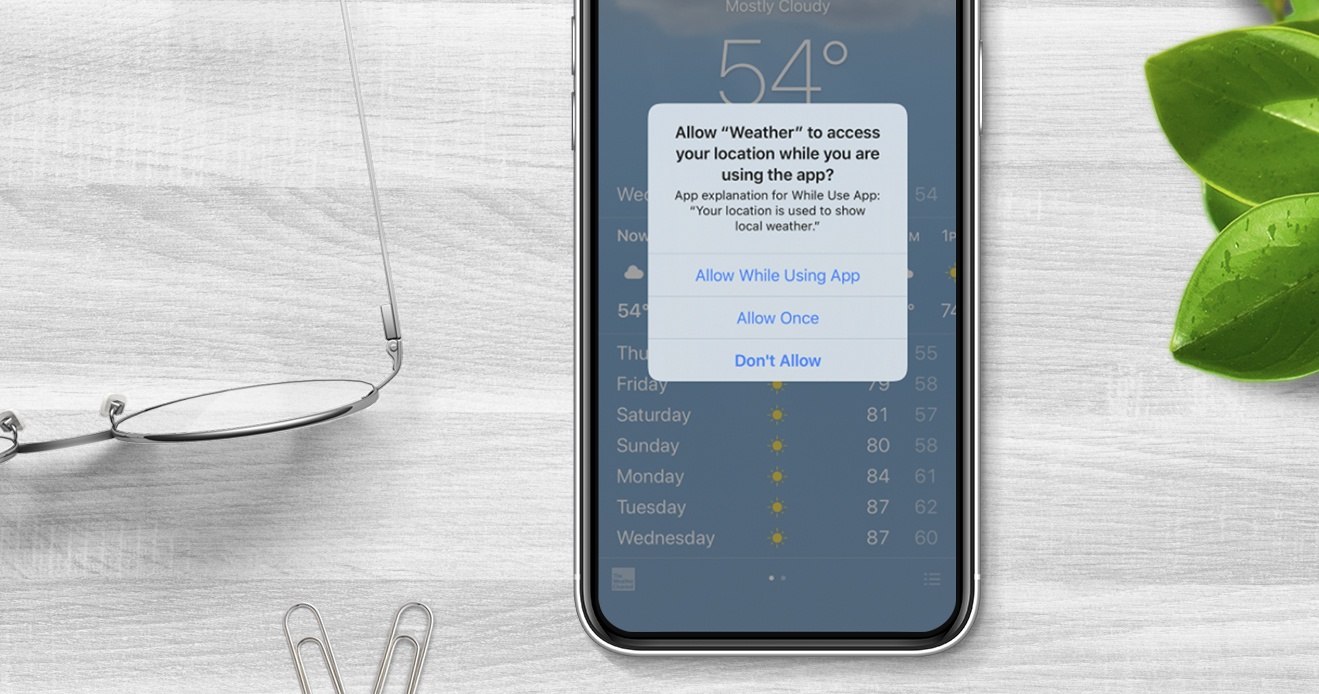- Blog
- The secret of increasing the opt-in rate on your mobile application
The secret of increasing the opt-in rate on your mobile application
Learn 5 Things to Know About Location Permissions
Subscribe to Incognia’s content
Internet users are becoming increasingly aware of the collection of data and privacy concerns when using web-based services and mobile apps.
In today’s world, it is important for the user to know which data is being collected, how it will be used - what are the goals - and if their data will be shared with third parties, and, lastly, what will be the given benefit of sharing data.
Yet recent consumer studies, such as the 2020 State of the Connected Customer Study by Salesforce, show that less than 30% of end consumers fully understand how companies use their data and 86% of users want more transparency on how their data is being used.
What privacy regulations say about the topic
For fraud prevention and account security, privacy regulations such as GDPR or CCPA emphasize that explicit consent is not mandatory for collecting user data, as it is the legitimate interest of the user to remain secure and enable companies to protect their systems and customers against fraudulent attacks. However, the obligations of transparency and the rights of the data subjects must be observed when asking for data such as location permissions.
In the realm of mobile apps, the major operating systems, iOS and Android, now provide a number of user controls for setting permission related to the use of network signals, motion sensors, and the collection of location information.
Understanding how these controls relate to the functioning of the apps and how developers should structure the grant and maintenance of those permissions can be the key to success in increasing conversions and delivering a positive user experience leading to brand loyalty.
5 Things to Know About Location Permissions
[banner_1]
The considerations for managing location permissions on mobile apps for optimum performance go beyond just meeting the requirements of the operating systems. Based on Incognia’s work with location technology over the past nine years, and advising companies with mobile apps deployed on over 100 million devices, we offer the following tips for increasing the opt-in rate for location permissions.
- Present your app's Privacy Policy clearly to the user. In the Privacy Policy inform how user data will be used, including location data collected from the device by third parties to improve the security of the user account, and other topics applicable to the app, such as sending offers, products, and content of interest.
- Request that the user read and accept the Privacy Policy as soon as the application is installed. Request permission to access location data at the first moment that makes sense to the user during the in-app journey, such as creating an account or when using a functionality that depends on the location.
- In requesting permission avoid vague phrases and technical jargon and clearly communicate the benefits to the user.
- Request location permissions at key moments of the in-app journey
- During the first interaction, right after downloading the app
- During onboarding, when creating the user account
- Before the first transaction, such as purchasing or paying.
To learn more about how to assure that your app is compliant with privacy regulations and how to encourage as many users as possible to give permission to use location read Location Permissions - 5 Important Considerations.
This ebook is part of the Incognia How-To Series and provides key information about how to manage location permissions, privacy, usage, and storage of location data on mobile applications to provide transparency to users.




